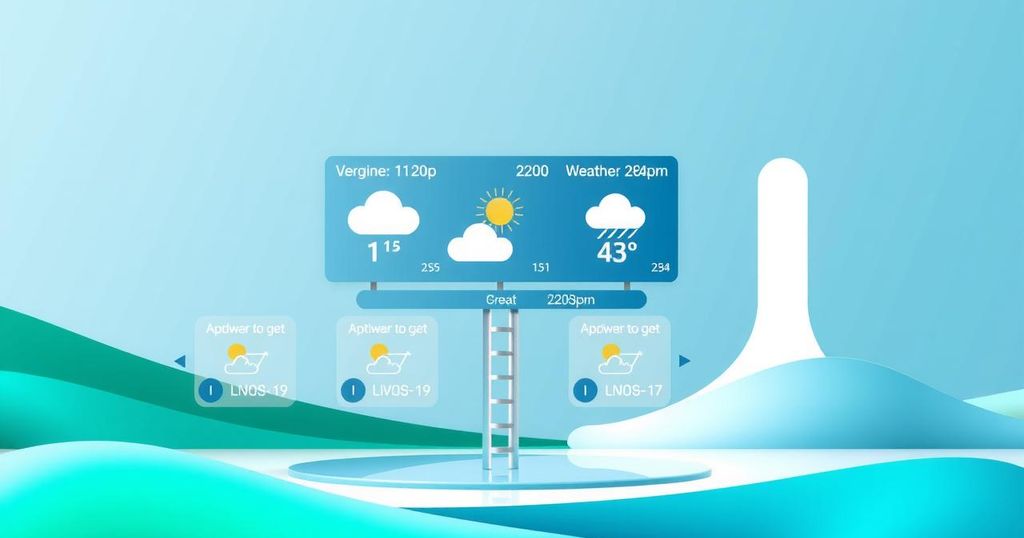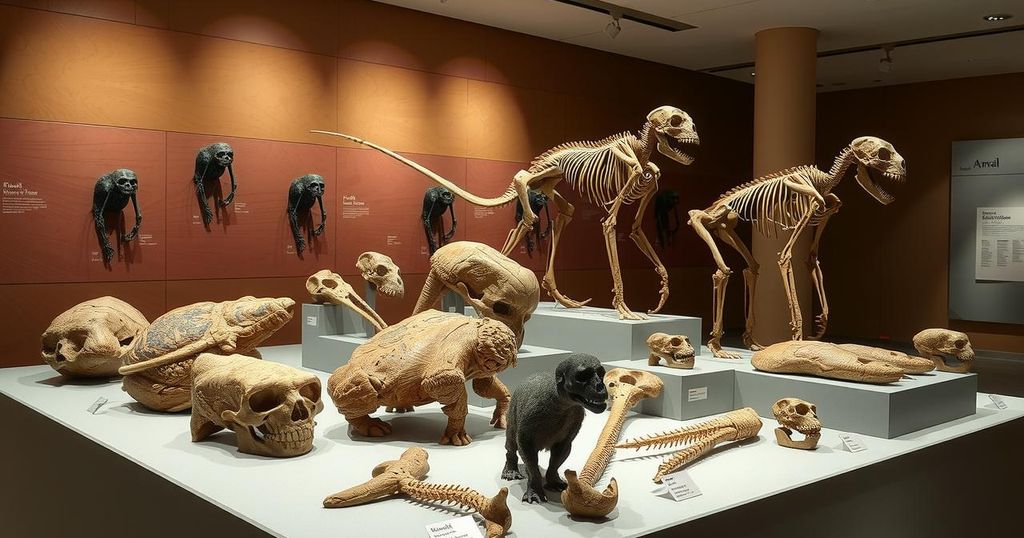AI
Science
Tech
AFRICA, ANNA ALLEN, ARTIFICIAL INTELLIGENCE, CYBERSECURITY, EUROPE, EUROPEAN CENTRE FOR MEDIUM - RANGE WEATHER FORECASTS, KYIV, MARKET RESEARCH, MICROSOFT RESEARCH, RICHARD TURNER, SCIENCE, SCOTT HOSKING, TECHNOLOGY, UKRAINE, UN, UNIVERSITY OF CAMBRIDGE, US
Rajesh Choudhury
0 Comments
Aardvark Weather: Transforming Forecasting Through AI Innovation
Aardvark Weather, a new AI-driven weather forecasting system by researchers from Cambridge and Microsoft, produces quicker forecasts using significantly less computational power, surpassing traditional models. It processes raw weather data rapidly and extends forecasting capabilities to eight days, providing personalized insights for various sectors. This innovation aims to democratize weather forecasting and enhance disaster predictions.
Recent advancements in weather forecasting have emerged with the introduction of Aardvark Weather, an AI-driven system developed by a collaborative team from the University of Cambridge, the Alan Turing Institute, and Microsoft Research. This groundbreaking technology makes predicting weather much faster and requires significantly less computational power than existing methods, heralding a potential shift in how forecasts are generated.
The Aardvark Weather system leverages extensive raw weather data from various sources, including ground stations and satellites, to produce forecasts efficiently. Unlike traditional models that rely on cumbersome multi-stage processing, Aardvark operates swiftly and has already demonstrated performance surpassing the American GFS model, competing directly with forecasts from the U.S. National Weather Service.
According to Professor Richard Turner from the University of Cambridge, Aardvark allows for personalized forecasting tailored to specific sectors, such as agriculture in Africa and wind energy in Europe. This innovative system extends the forecasting horizon from a typical five days to eight, promising even more precise predictions.
Dr. Scott Hosking from the Turing Institute emphasizes the democratizing potential of this technology, making robust forecasting tools accessible to developing nations and benefiting various sectors, including civil defense and business.
Co-author Dr. Anna Allen highlighted the model’s capacity to accurately forecast natural disasters like hurricanes and forest fires, as well as monitoring air quality and sea ice changes. The system is built upon earlier research by tech giants like Huawei and Google, taking AI-based forecasting to practical applications in established organizations like the ECMWF.
The Aardvark Weather system represents a pioneering advancement in weather forecasting, merging artificial intelligence with meteorology. By providing quicker, resource-efficient forecasts, it stands as a game changer, particularly for developing nations and sectors reliant on accurate weather predictions. With the ability to forecast up to eight days ahead and target specific industries, Aardvark sets a new standard that could redefine the future of weather forecasting and disaster preparedness.
Original Source: unn.ua




Post Comment